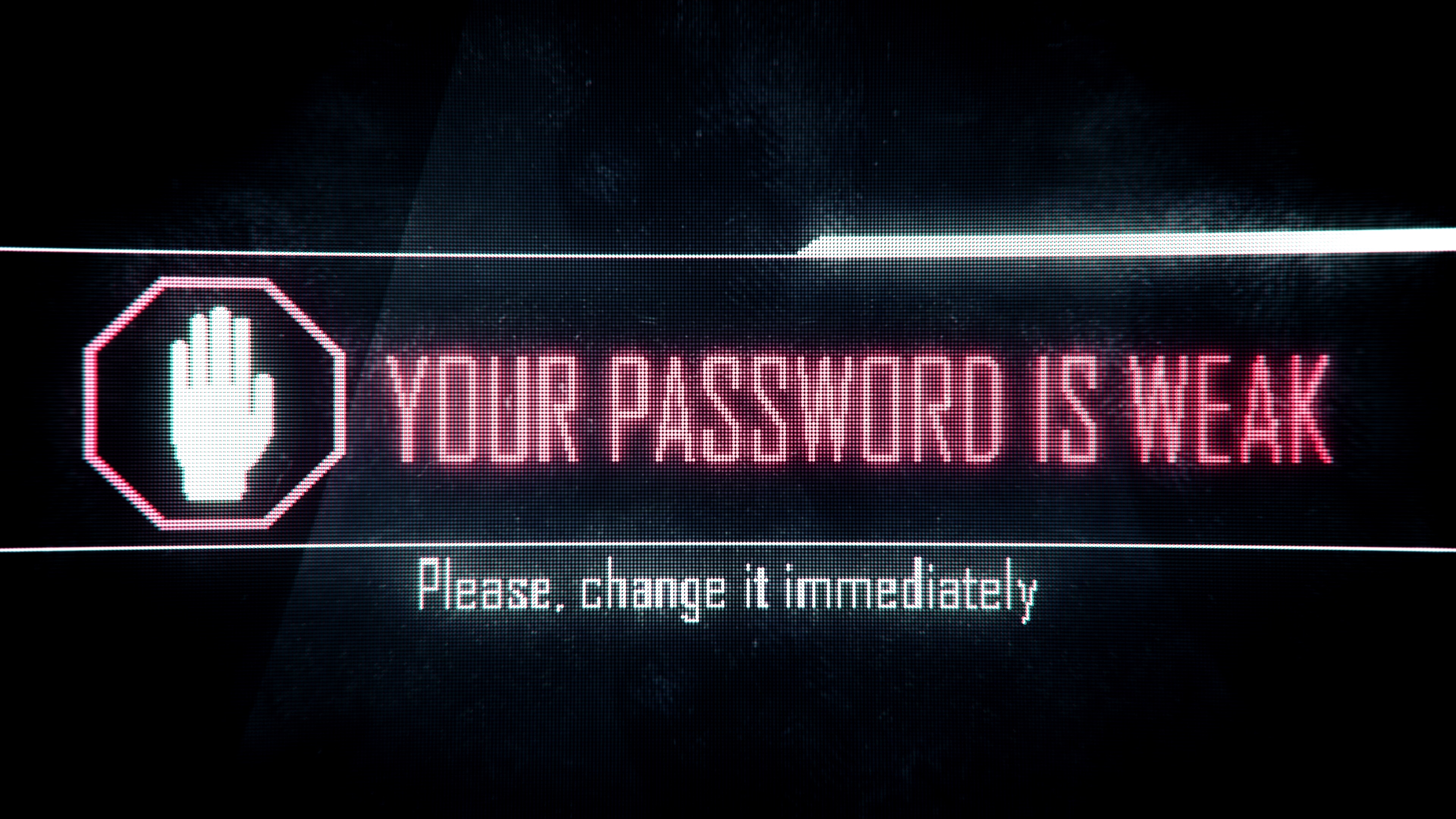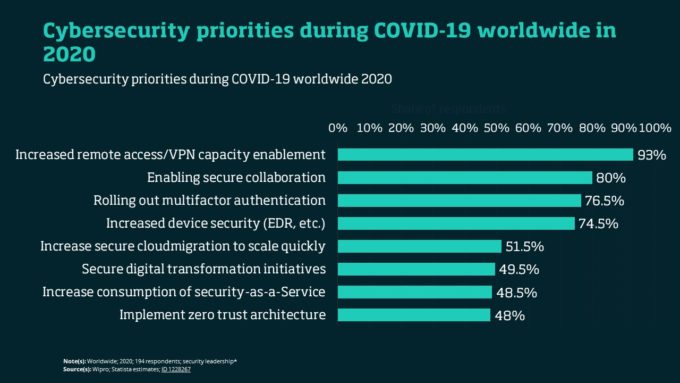The pandemic may have got us into some good habits, such as washing our hands more often, but it has not improved our digital behavior. When it comes to cyber risks, many companies are distracted by technological fixes when they should be paying more attention to good cyber hygiene.
The surge in remote working during the pandemic transformed corporate cyber-risk. Suddenly, organizations’ network perimeter expanded dramatically. In many cases, most employees – if not all – were connecting from outside of company premises and security.
This increased cyber-risk, and organizations often responded quickly with technological solutions such as virtual private networks (VPNs) and two-factor authentication. With these and other tools in place, the increased risk from continued remote working is probably marginal. However, there is a much bigger and longer-term problem: poor cyber-hygiene.
Humans: the most important layer of defense
Wherever they base themselves, outside-facing employees are any organization’s weakest cybersecurity link. Instead of looking for technical vulnerabilities within an IT system, most hackers’ first tactic is social engineering: tricking humans is simply much easier. This explains why surveys show that phishing emails are the most effective form of cyberattack. But it is not just email: hackers also use phone calls and SMS messages, or they simply convince a receptionist to let them into the building.
Unfortunately, most cybersecurity programs are not up to the task of embedding the cyber-hygiene that would protect against this kind of social engineering. Most organizations make employees go through quarterly training, and it is a necessary part of cybersecurity certification. But it is not clear that these really work. After all, what are people learning when they just click to answer a few simple multiple-choice questions?
Even if these lessons do stick in people’s minds, will they change behavior? There is a trade-off with productivity. An organization where employees are unable to log in might be the ultimate in security, but it won’t last very long. That might be an extreme example, but if security measures are too annoying, employees will find it unacceptable and try to circumvent it. However, emphasizing usability can undermine security. This is a balancing act that every organization struggles to pull off.






 Audio available
Audio available